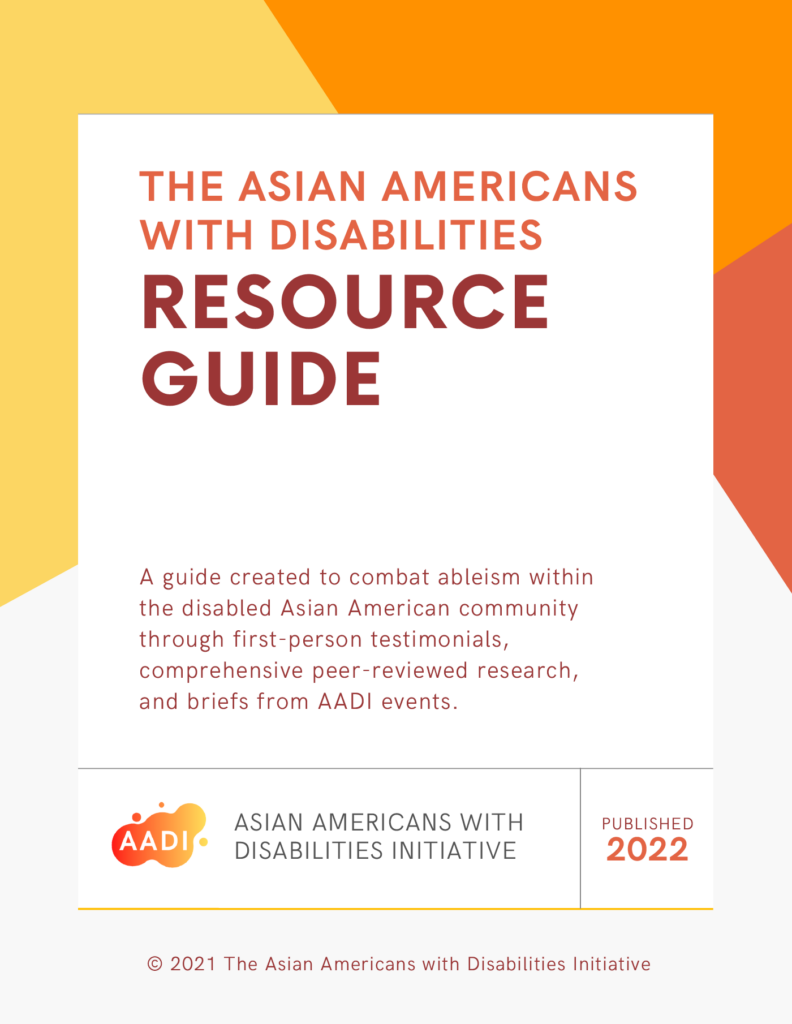Celebrating Asian American, Native Hawaiian, and Pacific Islander (AANHPI) Heritage Month
This is a special post written by Charles Warren, Curriculum Developer at Triangle. Charlie is also a member of Triangle’s Racial Equity Committee (REC) and Disability Justice Task Force (DJTF). As part of our commitment to the work of the REC and DJTF, we will be sharing more information with you on subjects related to racial equity and disability justice. This post continues our series dedicated to calling attention to the contributions of people with disabilities to American history.
May is Asian American, Native Hawaiian, and Pacific Islander (AANHPI) Heritage Month, a time to celebrate the rich and diverse cultures, histories, and contributions of the AANHPI community. Within this vibrant tapestry, the experiences of disabled Asian Americans are often unseen or under-emphasized. That is why it is important to actively uplift the voices and needs of this intersectional community.
The Asian Americans with Disabilities Initiative (AADI) responds to this imperative effectively. Their recently published Resource Guide is a powerful tool for achieving their mission of providing “the next generation of disabled Asian American leaders with accessible resources so that they can combat anti-Asian racism and ableism in their own communities.” The document is a carefully curated collection of first-person narratives, rigorous peer-reviewed research, and insightful summaries from AADI events – a true “real-life manifestation” of their commitment, as the founder states.
This comprehensive guide tackles critical issues at the intersection of disability and Asian American identity. It delves into the essentials of advocacy and the importance of accessibility, providing foundational knowledge for navigating systems and creating more inclusive spaces. Recognizing the significant role of culture, the guide encourages a nuanced understanding of how cultural values can both support and create barriers for disabled individuals within the AAPI community.
Furthermore, it emphasizes the necessity of allyship, urging both disabled and non-disabled individuals to work together to dismantle ableism. By addressing intersectionality, the guide acknowledges the complex layers of identity that disabled Asian Americans navigate, highlighting how race, ethnicity, gender, and other factors intersect with disability.
Practical guidance is also provided on accessing disability services, a crucial area where cultural and linguistic barriers can often create significant obstacles. The guide underscores the need for better representation of Asian Americans in research, ensuring that studies accurately reflect their experiences and needs. It also explores the development of disability identity within the context of being Asian American, alongside discussions on neurodivergences, disability awareness, and the unique experiences of Asian American children with disabilities.
Importantly, the AADI Resource Guide fosters connection. It includes a list of resources and community partners, offering pathways for individuals to find support and get involved. The guide itself is an invitation to connect, with clear calls to action to engage with AADI through their website, Instagram, email listserv, and even a feedback form to contribute to their ongoing work.
Help Triangle, Inc. amplify the message of the AADI Resource Guide: disabled Asian Americans matter, their voices deserve to be heard, and they deserve to take up space. Try downloading the guide! By engaging with resources like this, we can move towards a more inclusive and equitable future for all members of the AANHPI community.
You can learn more and connect with the AADI here:
